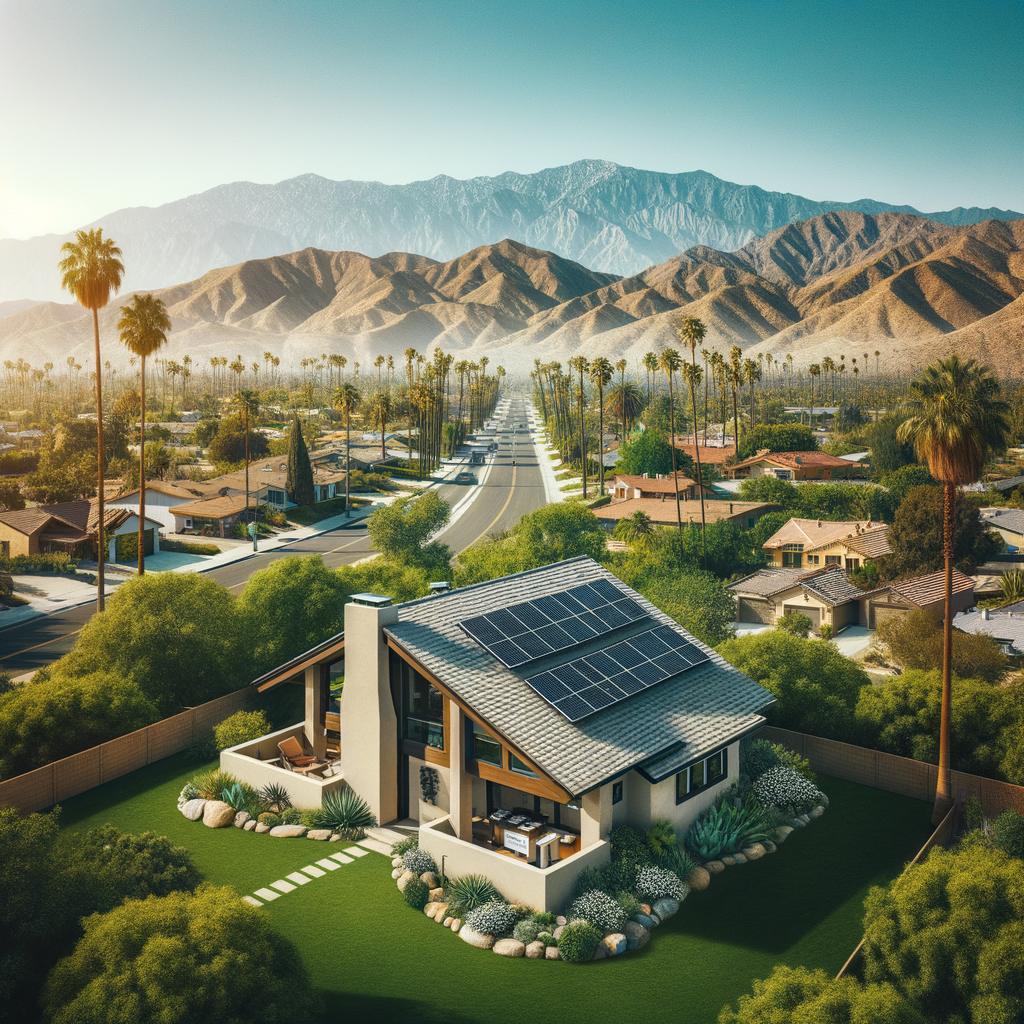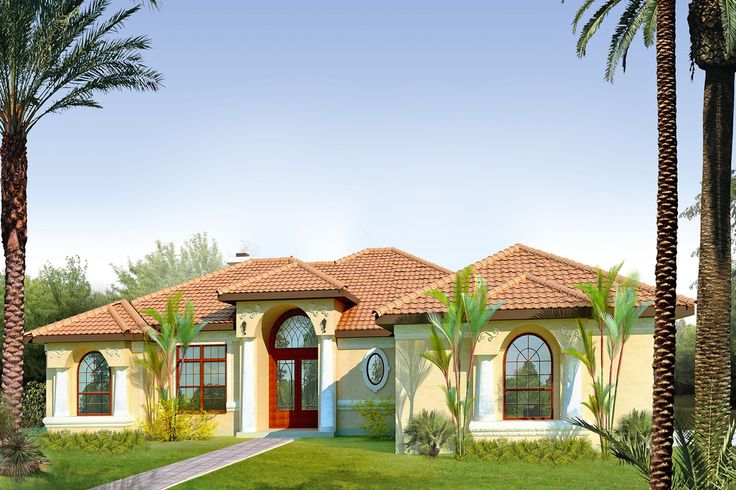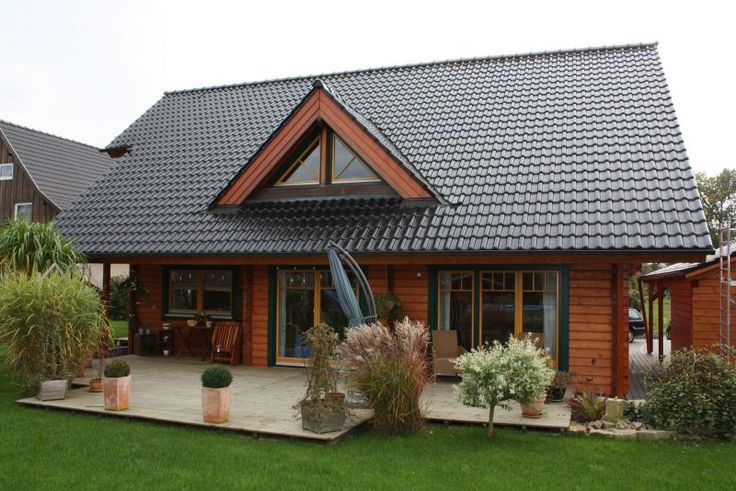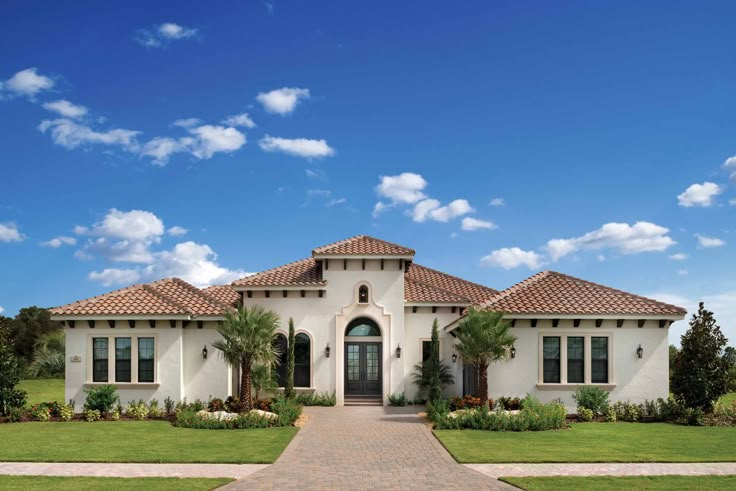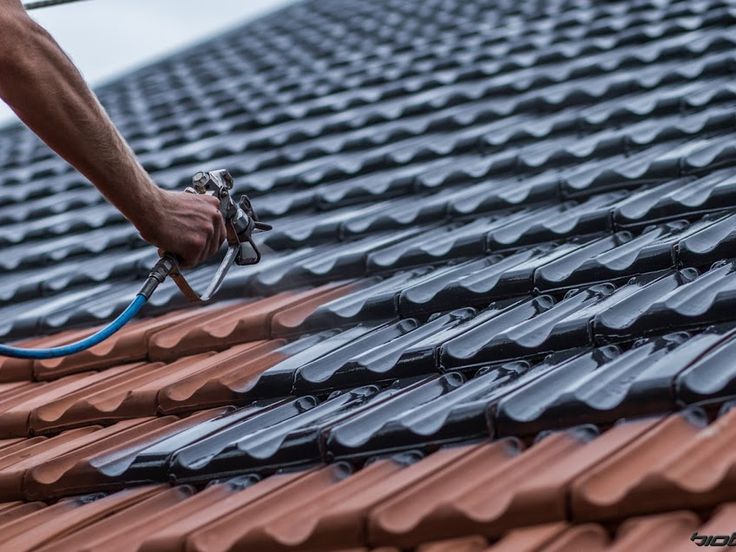Why Sierra Roof Inc. Is Your Go-To for Eco-Friendly Roofing Solutions
As the sun beats down on the sprawling cityscape of San Bernardino, it’s more important than ever to consider the impact of our buildings on the environment. Traditional roofing materials can soak up heat, contributing to the urban heat island effect, which further exacerbates the demand for energy-intensive air conditioning. In contrast, Eco-Friendly Roofing San Bernardino solutions provide an answer to the heat dilemma, offering an innovative way to keep homes cooler naturally. By reflecting sunlight instead of absorbing it, eco-conscious materials contribute to a more temperate indoor environment, simultaneously tackling both ecological concerns and energy costs. It’s not a surprise, then, that homeowners are turning their sights towards sustainable roofing options, eager to play a part in the green revolution sweeping the nation.
One might ponder on the economic side of eco-friendly roofing, questioning if the green alternatives can truly save on costs. Rest assured, materials like cool-metal roofing, green roofs, and solar tiles not only reduce the heat absorption but can also significantly cut down on energy bills—a fact that mustn’t be overlooked by residents in the sunny climes of California. Moreover, the installation of such revolutionary roofing solutions is not just about immediate gain; it’s an investment in the future of our homes and our planet, promising longevity and durability in the long haul. With the rise in sustainability trends, San Bernardino homeowners who adopt green roofing can also see increased property values, adding a compelling financial incentive to eco-friendly upgrades. This is the time to consider how your roof can do more than just protect your house—it can protect your wallet and the world.
However, the transition to a more sustainable roofing system often conjures up questions of practicality. Is it feasible in a busy city like San Bernardino to adopt eco-friendly roofs? The answer is a resounding “Yes.” With the advancement in green technology and more accessible materials, the move towards an environmentally responsible roof is not only feasible but also increasingly convenient for homeowners. It’s essential for individuals to consider the blend of ecological benefit and aesthetic appeal that eco-friendly roofs bring, as they contemplate making such a vital change to their homes. As we delve deeper into the subject, let’s address the pressing issue of our environmental footprint and how switching to green roofing can be a significant step towards eco-conscious living.
The Multifaceted Benefits of Adopting Green Roofing Technologies
Breathe easier knowing that eco-friendly roofing structures not only contribute to your home’s aesthetics and resilience but also play a pivotal role in improving air quality. These innovative systems act as a natural filter, trapping pollutants and carbon dioxide, embodying a living, breathing component of your home that works quietly yet efficiently. The perks extend beyond your personal space, as green roofs can substantially mitigate the heat island effect prevalent in urban landscapes by introducing vegetation that cools the air. By choosing to install an eco-friendly roof, you directly reduce your environmental impact while embracing a solution that replenishes the very air we breathe. This leap towards sustainability is not only a personal win but a communal triumph—an investment in the health of our neighborhoods and the planet.
Amidst the bustling city life of San Bernardino, the all-important question of cost-effectiveness takes center stage for those considering eco-friendly solutions. Recognizing that homeowners are acutely aware of their budgets, it’s vital to understand that green roofing materials are becoming increasingly cost-competitive. Not only do they offer lower utility bills due to improved thermal performance, but many are surprisingly robust, with lifespans that rival or exceed traditional materials. Insights from professionals, like those at Sierra Roof Inc., often reveal that the initial higher costs are balanced out over time through the roofing’s longevity and the intrinsic value it adds to your property. It’s a financially sage choice, encompassing long-term savings and the distinct advantage of enhancing your home’s marketability.
As we turn the spotlight to another element of eco-friendly roofing—solar innovations—we can’t help but marvel at the compelling environmental statistics. Solar roofing options, which are part of Sierra Roof Inc.’s portfolio, offer a clear path to lower carbon emissions, capturing San Bernardino’s abundant sunshine and converting it into clean, green energy. The integration of solar panels or shingles into your roofing design doesn’t just make an environmental statement; it represents a forward-thinking lifestyle choice that boasts independence from the fluctuating prices of conventional energy sources. Moreover, solar energy solutions contribute to a stronger, more resilient local grid, proving indispensable during periods of higher demand or unexpected power outages. With the adoption of solar roofing, homeowners not only revel in reduced utility bills but also infrastructure stability and energy autonomy.
Final Considerations for Your Sustainable Roofing Journey
Choosing the right eco-friendly roofing materials is a meaningful decision that goes beyond just aesthetics; it reflects your commitment to sustainability. Reflective coatings, recycled shingle materials, and innovative living green roofs are all viable options that can help reduce your carbon footprint while keeping your home insulated from San Bernardino’s heat. On top of environmental benefits, these choices can offer significant cost savings in the long run through reduced energy consumption and increased roof longevity. Homeowners are advised to consult with knowledgeable experts who can guide them through the selection process, ensuring that their roofing choice is well-suited to their specific needs and local climate conditions. Sierra Roof Inc. remains a trusted resource in this endeavour, with a proven track record of successful eco-friendly roofing installations.
As the conversation around sustainability grows louder, the roofing industry continues to innovate, constantly introducing new materials and designs that push the envelope of eco-friendliness. The latest trends in sustainable roofing not only focus on energy efficiency but also on the recyclability of materials, reducing waste and promoting a lifecycle approach to roofing. For instance, rubber roofing made from recycled tires is not only water and weather-resistant but can be recycled again at the end of its life. As San Bernardino residents explore these options, they can take pride in knowing that their choices contribute to a circular economy that values reuse and minimizes environmental impact. By staying informed about these trends, homeowners can ensure that their roofing decisions align with the most cutting-edge sustainable practices.
In conclusion, transitioning to eco-friendly roofing is an impactful choice that resonates with the broader movement towards environmental stewardship. The benefits of such a decision extend far beyond the confines of one’s home, contributing to the collective effort in combating climate change and preserving Earth’s resources for future generations. Whether it’s through incorporating energy-efficient materials or harnessing solar power, each step towards sustainable roofing is a stride towards a cleaner, greener future. For those ready to take action, further resources and guidance can be found by visiting Sierra Roof Inc., who will help ensure that your switch to an eco-friendly roof is seamless and rewarding. With the variety of options available, there has never been a better time to make a change that is as good for your home as it is for the planet.
Green Roofing Guidance for Eco-Savvy Homeowners
Tip 1:
Consider the climate impact of your roofing material. In the long run, materials like recycled shingles or clay tiles not only offer durability but also reduce waste in landfills.
Tip 2:
Look into local rebates and incentives for eco-friendly roofing in San Bernardino. These can significantly lower the initial installation costs and make sustainable options more accessible.
Tip 3:
Keep in mind the energy efficiency of your roofing choice. A white or light-colored roof can reflect more sunlight and reduce heat absorption, leading to lower cooling costs.
Tip 4:
Invest in a green roof or living roof if you’re interested in biodiversity and insulation benefits. They require a bit more maintenance but contribute to better air quality and urban greenery.
Tip 5:
Don’t overlook solar roofing options, especially in sunny California. Solar tiles or panels can be integrated into your roof’s design and provide a return on investment through energy savings and potential tax credits.
Expert Answers to Your Eco-Friendly Roofing Queries
What are the most cost-effective eco-friendly roofing options available in San Bernardino?
Cool-metal roofs, recycled shingles, and rubber roofing made from recycled tires are cost-effective and durable options suitable for the San Bernardino climate.
How long do sustainable roof materials typically last compared to traditional roofing?
Eco-friendly materials like metal, clay, and specially treated wood can last 30-50 years, which is on par with or sometimes longer than conventional roofing materials.
Can installing energy-efficient roofing actually save money on utility bills?
Absolutely; energy-efficient roofing materials can reflect sunlight and provide better insulation, leading to significant savings on heating and cooling costs year-round.
Are there any local incentives or tax credits for installing solar roofing options in San Bernardino?
Yes, San Bernardino homeowners may be eligible for various federal and state incentives, including tax credits, for installing solar panels or solar shingles.
What are the maintenance requirements for a green roof system?
A green roof requires periodic weeding, watering, and inspection for drainage issues but is typically low maintenance, especially if native plants well-suited to the local climate are chosen.

